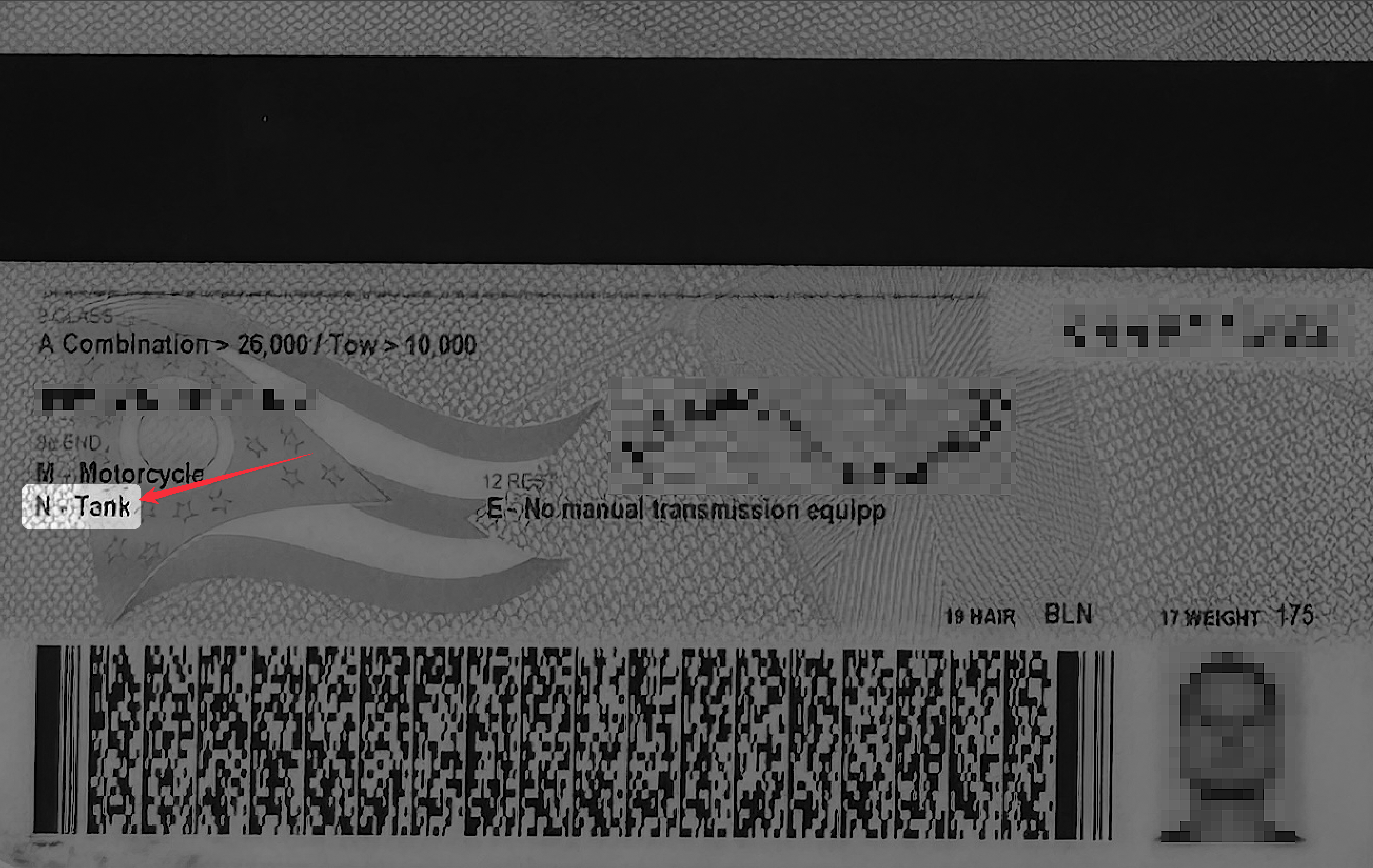Tanker Endorsement for a CDL: A Complete Guide
What is a Tanker Endorsement?
A tanker endorsement is an additional certification for your Commercial Driver’s License (CDL) that qualifies you to transport large quantities of liquid and gas bulk cargo. This endorsement, signified by the letter “N” on your CDL, is essential for drivers looking to haul bulk materials that require special handling and safety procedures. While this endorsement is common for many jobs in the trucking industry, it is particularly crucial for roles that involve transporting liquid food products or hazardous substances.
When Do You Need a Tanker Endorsement?
According to the Federal Motor Carrier Safety Administration (FMCSA), a tanker endorsement is required if:
You are driving a vehicle that is permanently or temporarily equipped with liquid or gas containers.
The container(s) has an individual capacity greater than 119 gallons.
The total combined volume of liquid or gas in the vehicle exceeds 1,000 gallons.
These requirements apply not only to traditional tanker trucks but also to other vehicle types, such as dry vans carrying bulk liquid containers like Intermediate Bulk Containers (IBCs). For example, a driver hauling more than 1,000 gallons in IBCs within a dry van would need a tanker endorsement. However, a driver hauling 1,000 gallons of bottled water in a dry van would not require this endorsement because the liquid is not stored in bulk containers.
What Does the Tanker Endorsement Cover?
A tanker endorsement qualifies you to transport a variety of liquid and gaseous materials. Typical food-grade items include:
Water
Milk
Juice
Vegetable oil
Liquid sugar
Vinegar
However, many jobs in the tanker industry require hauling hazardous materials like gasoline, propane, or chlorine. For these hazardous loads, an additional HazMat endorsement is necessary.
Understanding the HazMat and Tanker Endorsement Combination
If you’re looking to transport hazardous liquid or gas loads, you will need both a tanker and a HazMat endorsement. A HazMat endorsement, signified by the letter “H”, allows drivers to haul dangerous substances like:
Flammable liquids (e.g., gasoline, alcohol)
Explosive gases (e.g., propane)
Corrosive materials (e.g., sulfuric acid, chlorine)
Because of the overlap between tanker and hazardous materials transport, many drivers opt for the “X” endorsement, which is a combination of both tanker and HazMat. This combination gives drivers the flexibility to transport hazardous bulk materials as well as non-hazardous liquid loads. Keep in mind that having an “X” endorsement doesn’t mean you must haul hazardous loads; it simply means you are qualified to do so if needed.
How to Get a Tanker Endorsement for Your CDL
Here’s a step-by-step guide to obtaining a tanker endorsement:
Meet the Basic Requirements:
Be at least 18 years old.
Have a valid Commercial Driver’s License (CDL).
For interstate commerce or hazardous material loads, you must be at least 21 years old.
Gather Required Documentation:
Proof of citizenship or valid residential status (e.g., U.S. passport, birth certificate).
Have a clean driving record (some states may have stricter requirements).
Visit the DMV or Local Licensing Office:
You will need to visit the DMV to update your CDL and take the endorsement test.
Be prepared for a vision test and have your photo taken.
Study and Pass the Tanker Endorsement Test:
The test covers topics like safe handling of liquid cargo, surge effect, vehicle inspection, and regulatory requirements.
Each state has its own exam format, but most tests are multiple-choice.
Pay Any Fees:
Fees vary by state, but they typically range between $20 to $50.
Receive Your Updated CDL:
Once you pass the test, your CDL will be updated with the “N” endorsement.
Additional Requirements for HazMat Endorsement
If you’re also planning to obtain a HazMat endorsement, you’ll need to:
Complete a TSA background check.
Attend a HazMat-specific training session.
Pass a HazMat knowledge test.
This process is more rigorous because hazardous materials pose additional safety risks and have stricter handling regulations.
Safety Considerations for Tanker Drivers
Driving a tanker is different from handling other types of freight due to the fluid motion inside the tank, known as the “slosh” or “surge” effect. This effect can make the vehicle harder to control, especially during braking or turning. Here are a few safety tips to keep in mind:
Accelerate and brake slowly: Sudden movements can amplify the surge effect.
Plan your turns carefully: Take turns at slower speeds to avoid rollovers.
Understand surge dynamics: Liquids in partially filled tanks are more prone to sloshing, making it critical to know the weight and fill ratio.
Conclusion
Getting a tanker endorsement opens up new opportunities in the trucking industry and can significantly increase your earning potential. By meeting the requirements, studying for the endorsement test, and mastering tanker-specific safety practices, you’ll be well-prepared to take on this specialized and lucrative driving role.

